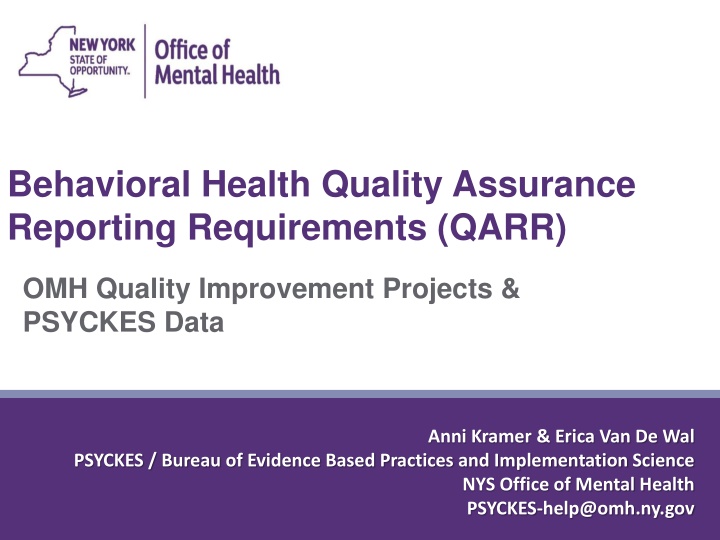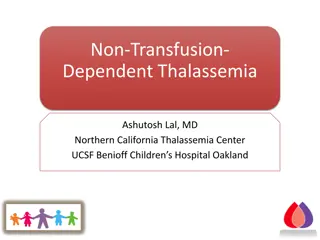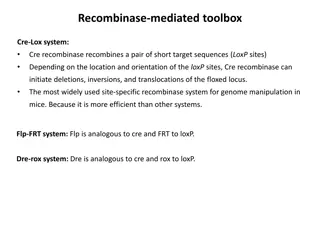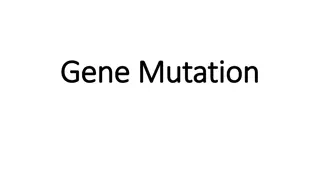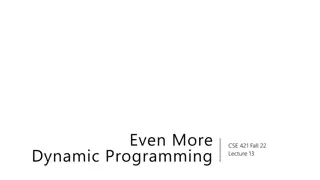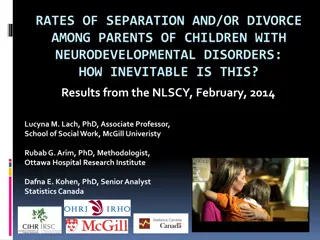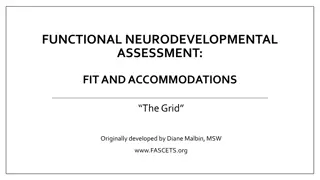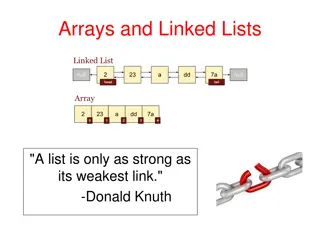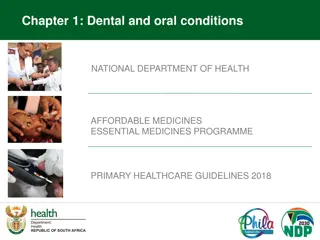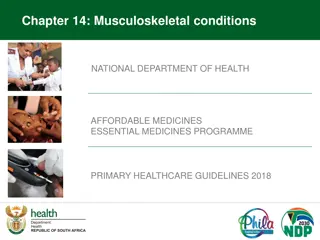Neurodevelopmental Features in HNF1B Deletions
Investigating the impact of HNF1B whole gene deletion on neurodevelopmental disorders, this study compares individuals with HNF1B mutations or deletions to determine if having one copy of the gene is causative. Clinical evaluation and behavioral screenings were conducted, revealing higher difficulties in children with deletions, while IQ levels remained similar across groups. The findings suggest that neurodevelopmental features are only present in individuals with deletions, emphasizing the need for psychological assessments when concerns arise.
Download Presentation

Please find below an Image/Link to download the presentation.
The content on the website is provided AS IS for your information and personal use only. It may not be sold, licensed, or shared on other websites without obtaining consent from the author.If you encounter any issues during the download, it is possible that the publisher has removed the file from their server.
You are allowed to download the files provided on this website for personal or commercial use, subject to the condition that they are used lawfully. All files are the property of their respective owners.
The content on the website is provided AS IS for your information and personal use only. It may not be sold, licensed, or shared on other websites without obtaining consent from the author.
E N D
Presentation Transcript
Behavioral Health Quality Assurance Reporting Requirements (QARR) OMH Quality Improvement Projects & PSYCKES Data Anni Kramer & Erica Van De Wal PSYCKES / Bureau of Evidence Based Practices and Implementation Science NYS Office of Mental Health PSYCKES-help@omh.ny.gov
2 QARR Overview The National Committee for Quality Assurance (NCQA) Accredits Managed Care Plans Develops the HEDIS quality measures CMS & States have adopted HEDIS measures New York State DOH s selects a QARR subset Behavioral Health QARR: 12 of 74 Child Behavioral Health QARR: 7 of 12 Managed Care Plans are required to report on QARR measures yearly DOH selects a subset of QARR measures for Quality Incentives 5 of these are specific to Behavioral Health 2 of these are child measures
3 Quality Incentive * * Child Measure * * Adult Measure * BH QARR Measure Follow-up after MH hospitalization Follow-up with prescriber after new ADHD prescription Antipsychotic medication adherence (clients w/ schizophrenia) Antidepressant medication adherence Diabetes monitoring (clients w/ diabetes and schizophrenia) Diabetes screening (clients w/schizophrenia or bipolar disorder using antipsychotics) Cardiovascular monitoring (clients w/ schizophrenia and cardiovascular disease) Substance use treatment initiation and engagement Utilization of PHQ-9 to monitor Depression/Suicide Antipsychotic polypharmacy Metabolic monitoring (clients on antipsychotics) Psychosocial services prior to starting antipsychotics * * * * * * * * * * * * * * *
4 OMH QARR Quality Improvement Project Goal: to promote provider awareness of and performance on QARR measures Measures: current BH QARR Quality Incentive measures Participating Programs: 94 free-standing Clinics & FQHCs Project Activities: Project Launch Webinars Sept-Oct 2016 Clinic self-assessment & plan for improvement Monthly learning collaborative calls Monthly QI reporting on progress Review performance using PSYCKES data
5 PSYCKES Overview PSYCKES is a secure, HIPAA-compliant web-based platform for clinical decision making and quality improvement Includes Medicaid FFS claims and Managed Care encounter data Over 6 million NYS Medicaid enrollees All treatment settings Integrates other state health databases CAIRS, NIMRS, TACT, DOH HH/CM, and State PC EHRs Clinical Summary provides up to 5 years of data, updated weekly Quality measures updated monthly Any provider agency staff can gain access
6 Using PSYCKES: QI Indicator Sets
7 Using PSYCKES: Recipient Search
8 Using PSYCKES: Clinical Summaries
9 Using PSYCKES: Clinical Summaries
